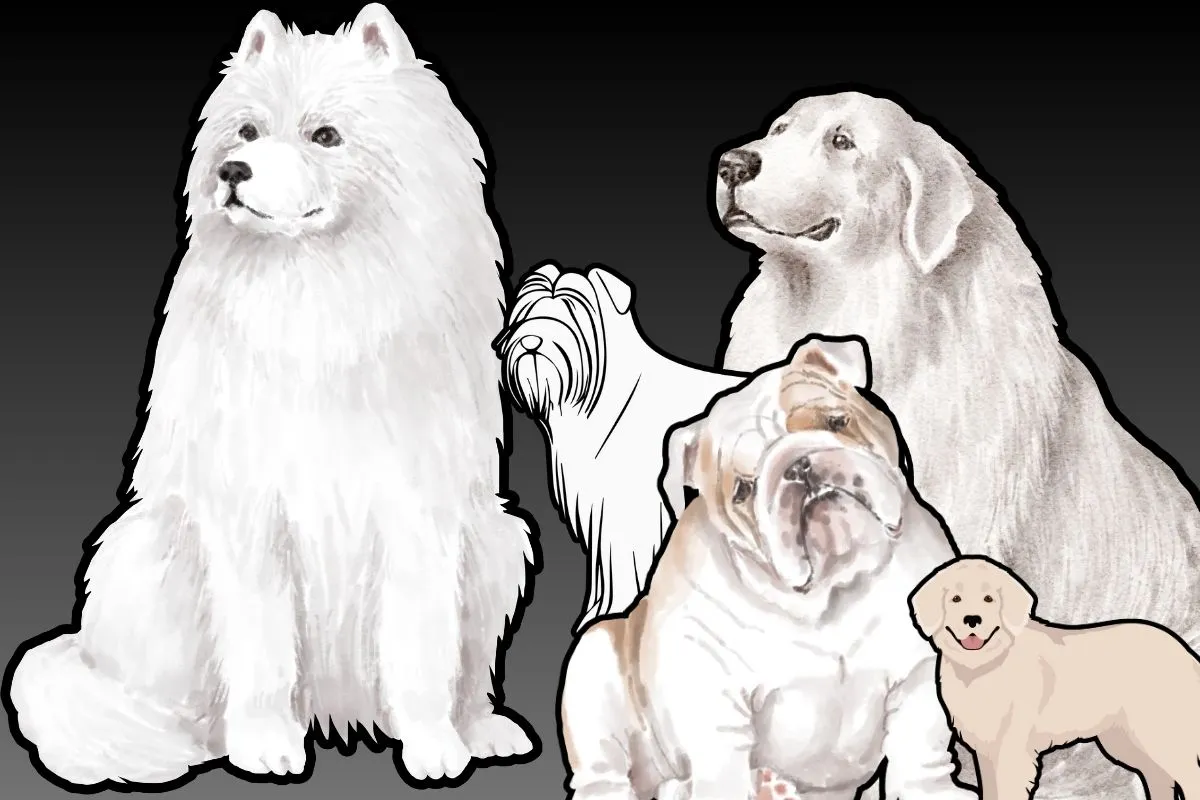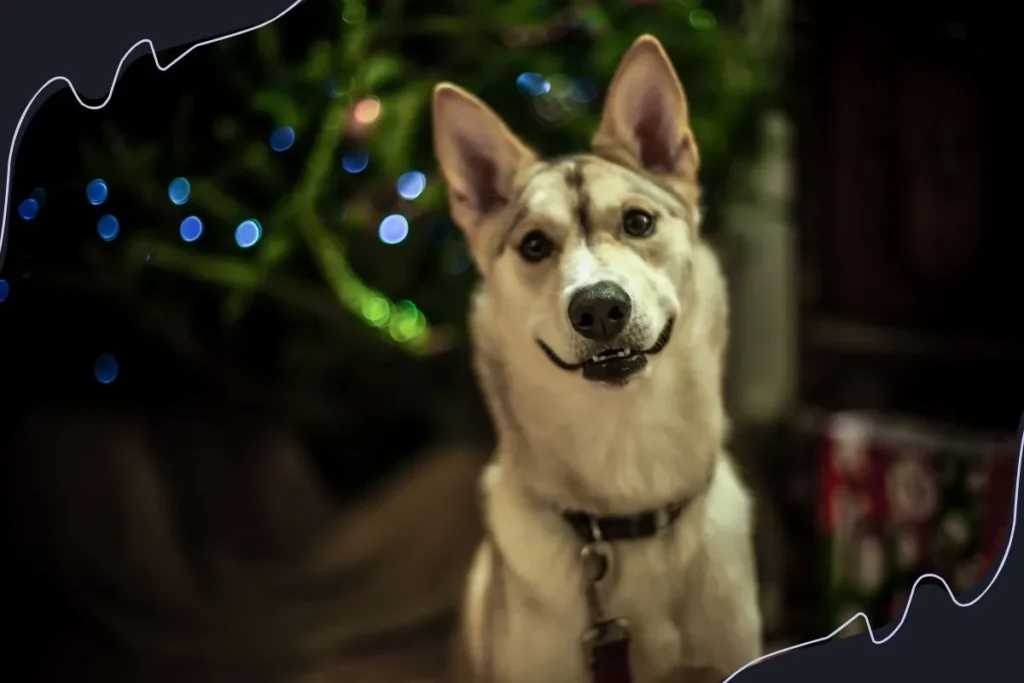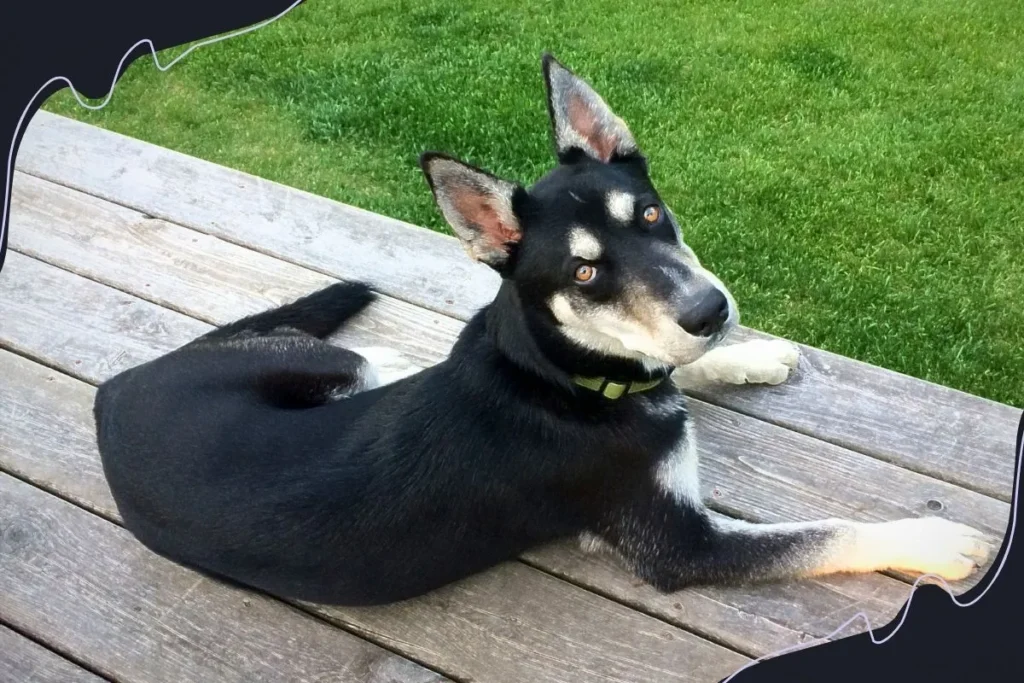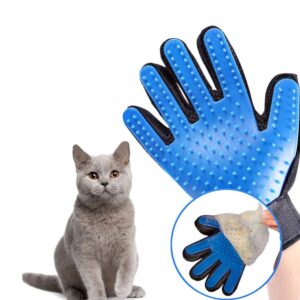
Menu
Huskies are often considered the embodiment of winter charm with their piercing blue eyes and thick, cozy fur. These majestic creatures captivate dog lovers worldwide, but did you know there are several different types of Huskies? Let’s dive into the fascinating world of Huskies and uncover seven stunning types you might not know!
Before we get into the specific types, let’s take a journey back in time. Huskies originated in the harsh climates of northern regions, where their strength, endurance, and ability to handle cold weather made them invaluable sled dogs. Over time, various breeds have evolved, each with unique characteristics and traits.
Huskies share certain common traits – they’re known for their thick double coat, erect triangular ears, and striking eyes, often in shades of blue or even bi-colored. Behaviorally, Huskies are independent, intelligent, and energetic. They have a knack for escaping and a love for adventure, which can be both thrilling and challenging for owners.
It’s time to unveil seven lesser-known but equally stunning Husky breeds. Each type has its distinct history, appearance, and personality traits that make them unique.

Origin and History: The Siberian Husky hails from Siberia, where the Chukchi people bred them for sled pulling and companionship. They were introduced to Alaska during the Nome Gold Rush.
Physical Traits: Medium-sized with well-furred bodies, erect triangular ears, and almond-shaped eyes in various colors.
Personality and Behavior: Friendly, gentle, and alert. These dogs are known for their sociable nature and thriving in a family environment.

Origin and History: Unlike the purebred Siberian Husky, the Alaskan Husky is a mix geared towards optimal performance in sled races. They are bred for speed and endurance.
Physical Traits: Alaskan Huskies vary greatly in appearance but typically have a lean, athletic build with short to medium fur length.
Personality and Behavior: Energetic and driven, these dogs excel in active lifestyles and need plenty of exercises.

Origin and History: The Mackenzie River Husky isn’t a single breed but a type of sled dog from the subarctic regions of Canada. They have historical significance in transporting goods across the Canadian wilderness.
Physical Traits: Large and robust, with thick fur to withstand severe cold. They have a strong and muscular build.
Personality and Behavior: Hardy and resilient, they are loyal and work-oriented, making them excellent working dogs.

Origin and History: Despite its name, the Labrador Husky is not a mix between a Labrador Retriever and a Husky. It is an aboriginal sled dog from Northern Canada used by the Inuit people.
Physical Traits: Large and strong, with a resemblance to the Siberian Husky but larger and more robust.
Personality and Behavior: Independent and strong-willed. They are highly skilled in pulling sleds and thrive in cold environments.

Origin and History: This rare breed comes from the island of Sakhalin in Russia. They were historically used for sledding and were part of early polar expeditions.
Physical Traits: Medium to large with a dense coat, bushy tail, and often a more wolf-like appearance.
Personality and Behavior: Hardy and resilient, they are known for their endurance and ability to work in tough conditions.

Origin and History: The Greenland Dog is one of the world’s oldest breeds and has been used by Inuit people for centuries for hunting and sledding.
Physical traits: strong and robust, with a thick coat designed to withstand arctic cold. They usually have a large, muscular build.
Personality and Behavior: Loyal and independent, these dogs are great for active owners and harsh environments.
Origin and History: Bred in New Hampshire, USA, the Chinook is known for sledding and carting. They were named after their sire, Chinook, who was a prominent sled dog.
Physical Traits: Medium to large with a well-muscled build, tawny coat, and often a mask-like face.
Personality and Behavior: Friendly and gentle, they make excellent family pets with an adventurous side.
So, how do you choose the right Husky? It’s essential to consider your lifestyle, the dog’s temperament, exercise needs, and potential health issues. Some Huskies are better suited for extreme cold, while others may adapt to a more moderate climate.
Proper care is vital for any Husky to thrive. Let’s look at key aspects:
Diet and Nutrition: Huskies need high-quality food that caters to their active lifestyle, rich in proteins and fats.
Exercise Needs: These dogs require daily exercise to prevent boredom and maintain physical health. Aim for at least 1-2 hours of vigorous activity each day.
Exercise is crucial for maintaining your dog’s physical health. Whether it’s a walk in the park or a game of fetch, regular activity helps keep your dog fit. Check out our selection of durable and engaging toys designed to promote exercise and fun.
Grooming Tips: Regular brushing is necessary to manage their thick coats and reduce shedding, typically once a week, which can increase during the shedding season.
Regular grooming keeps your dog clean and reduces shedding. Our grooming kits come with everything you need to keep your dog looking its best.
Huskies are truly remarkable dogs, with diverse breeds that cater to various needs and environments. From the friendly Siberian Husky to the robust Greenland Dog, there’s a Husky for every dog lover. Take the time to understand each type, and you might find yourself the perfect furry companion!
Thank you for being a part of our community and for reading our blog. If you’re interested in any of the products in my store, feel free to browse our latest offerings. Your support means a lot to us and helps us continue providing valuable content and products for pet lovers like you. Happy caring for your furry friend!
How do I decide which Husky breed is right for me?
Consider your living environment, activity level, and climate when choosing a Husky. Match these factors with the breed’s unique traits to find the best fit.
Are Huskies good with children?
Generally, yes. Huskies are known for their friendly and sociable nature, making them good family pets. However, always supervise interactions between dogs and young children.
Do Huskies require a lot of exercise?
Absolutely! Huskies are high-energy dogs that need at least 1-2 hours of vigorous exercise daily to stay healthy and happy.
How long do huskies typically live?
The average lifespan of a Husky is 12-15 years, depending on their overall health and care.
What are common health issues among Huskies?
Common health issues include hip dysplasia, eye problems (like cataracts), and skin conditions. Regular vet check-ups can help catch and manage these concerns early.
Embark on your Husky adventure and discover the joy these incredible dogs bring to life!
External sources.

Welcome to YappyPet.com, your ultimate destination for all things pet-related! Founded by a passionate 27-year-old pet enthusiast, our website is dedicated to providing a haven for fellow animal lovers.
Join us on this exciting journey as we celebrate the unconditional love and joy that our furry friends bring into our lives.



All rights reserved. YappyPet